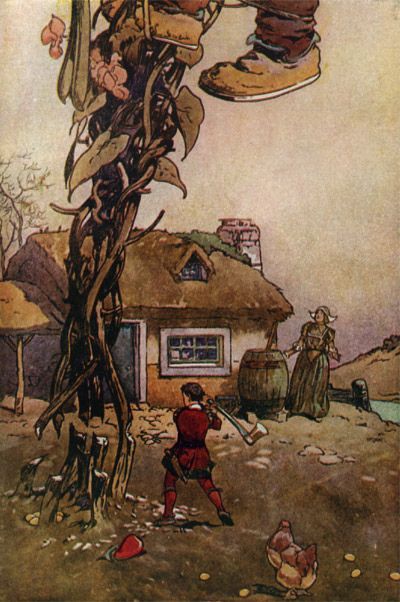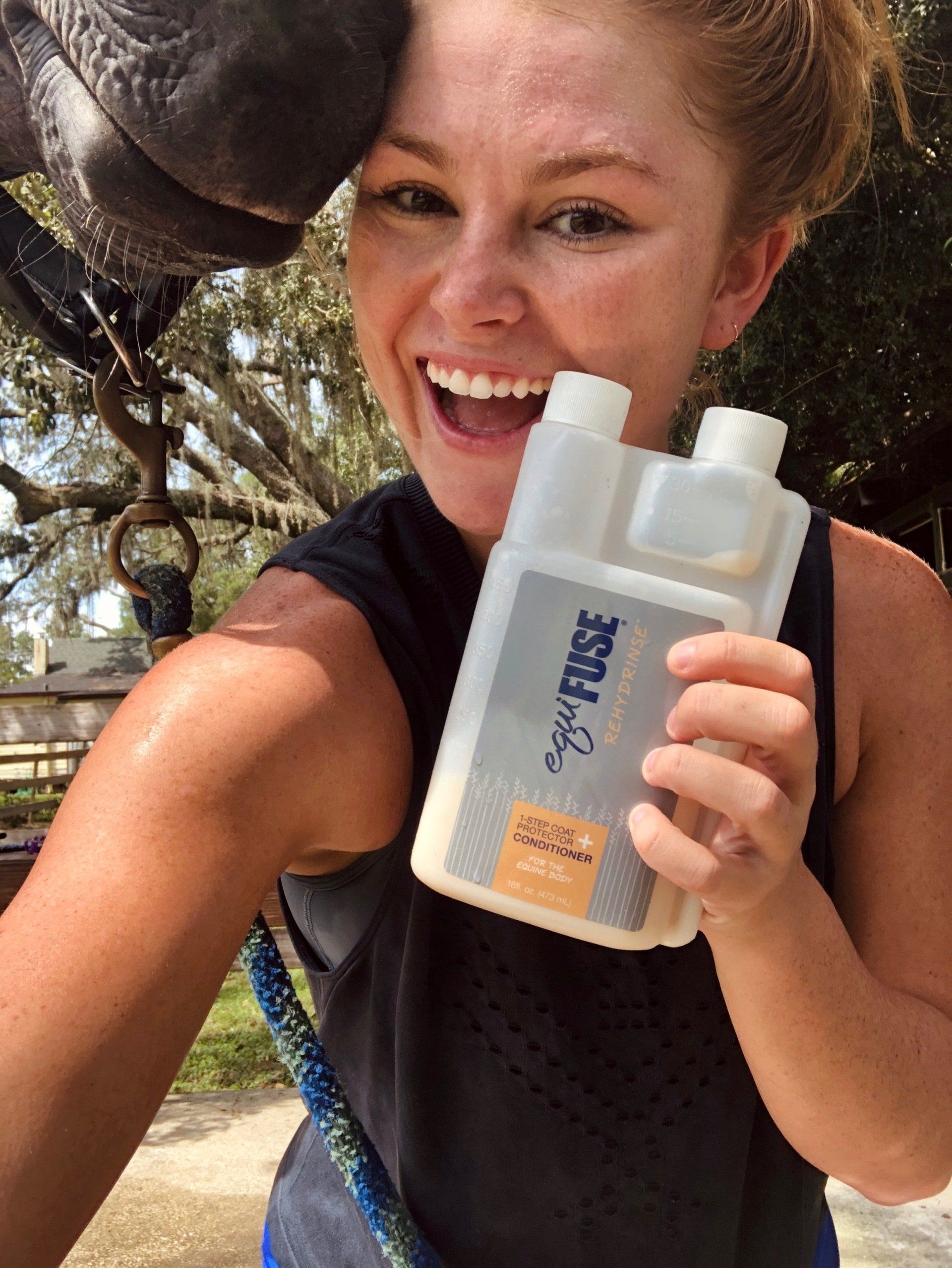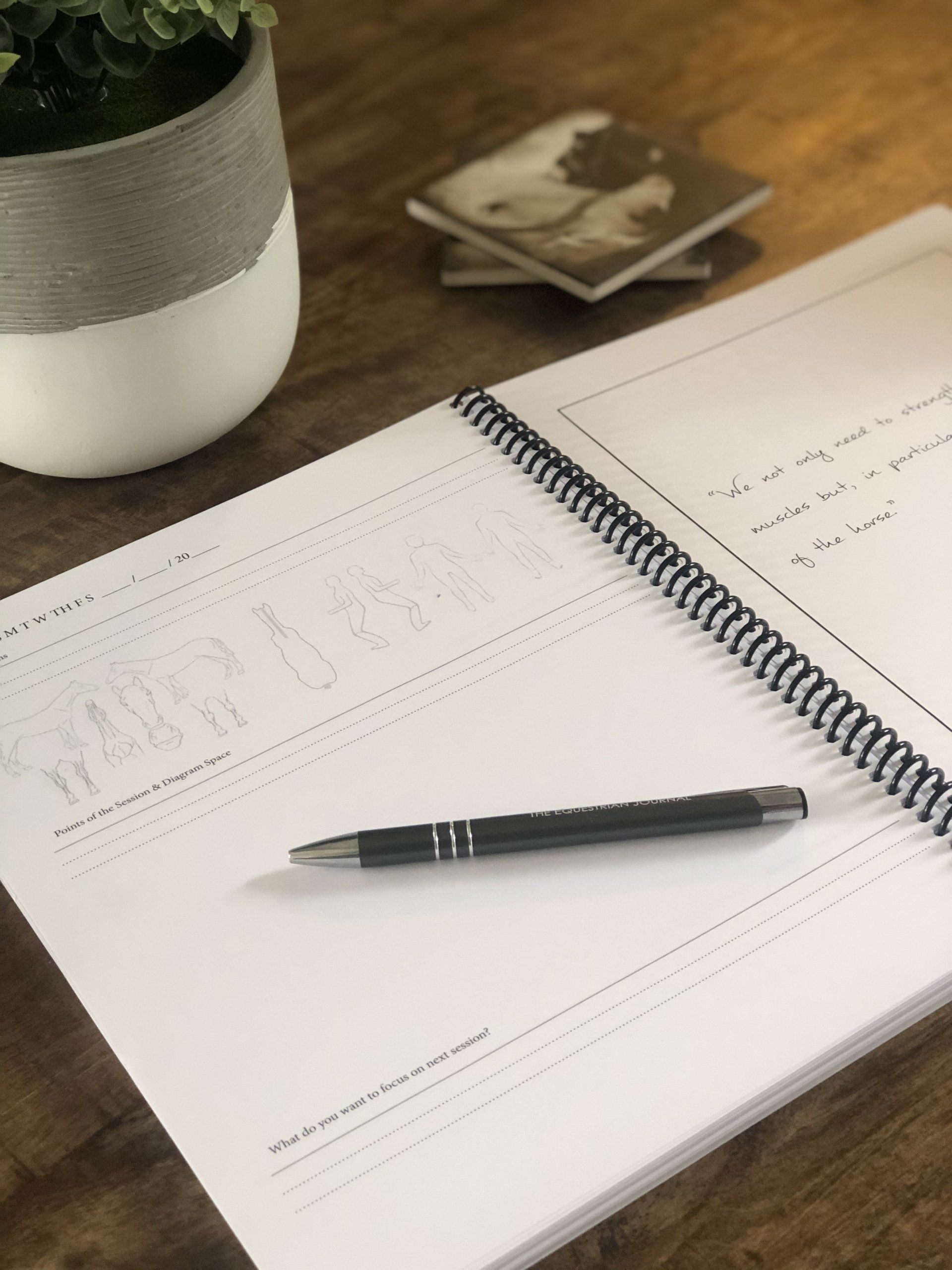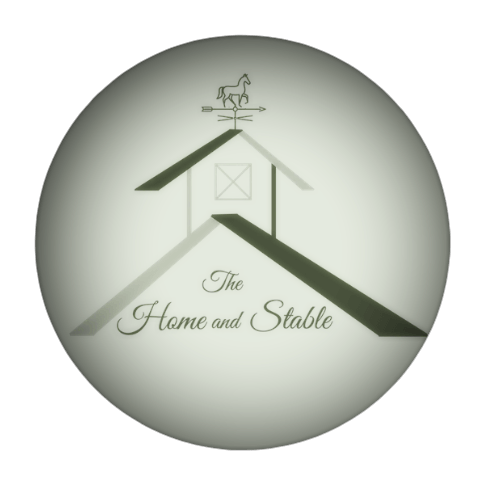Blog Layout
Know Your Horse's Numbers
What IS normal anyway?

Okay imagine this…you receive a call from your barn manager telling you that your horse is acting off. He’s restless, not eating and his eyes are dull. You pull on the closest hoodie, sweats and shoes. Socks, underwear and a bra are clearly optional. When you get to the barn, what should you do? Take his temperature, respiration and…ummmm….So, that’s where I get stuck. What should his normal be? What should I be checking? Does the barn have a thermometer that works? Should I check digital pulses? What does normal look like?
The key for all of us is to regularly check our horse’s vital signs. This is the best way to know what right looks like in our horse. And when the vet calls you back, you can provide critical information to help your vet decide next steps without waiting for them to arrive.
The following is some guidelines taken from the AAEP that you can print and post at the barn for quick reference. Everyone should be encouraged to know their horse’s numbers. Practice looking at a variety of healthy horses so that you can more quickly pick up cues when your horse is off.
Attitude: Healthy horses are bright and alert, and interested in other horses, you and their surroundings. They will roll occasionally, especially after being turned out, but always shake the dust off after rolling. A horse that rolls over and over and often looks at its side might be experiencing signs of colic. Contact your veterinarian.
Appetite: The No.1 sign of an infectious disease like influenza or West Nile virus is the horse has a decreased appetite or refuses to eat. In some cases, teeth problems may prevent eating, so to differentiate, take the horse's rectal temperature. An adult horse at rest should have a body temperature of 99 - 101.5 degrees Fahrenheit. Anything above that level can indicate an active infection. The normal temperature range for a foal is 99.5 - 102.1 degrees Fahrenheit.
Eyes and noses: Your horse's eyes should be clear, fully open and clean, not cloudy or discolored. Any indications of an unusual discharge or a dull glazed appearance should be looked into by your veterinarian. The nostrils should be clean and free of excessive mucus. However, it is normal for a horse to have a trickle of clear liquid from the nostrils.
Weight and body condition: You should ensure that your horses maintain optimum body condition and not let them get too fat or too thin, as each presents health risks. Use the Henneke Body Condition (see HS blog on Henneke Scale)
nine-level scoring system to evaluate your horse's body condition. A body condition score of 4-5 is ideal.
Hair coat: A shiny, glowing coat is a sign of good health that comes from meeting the horse's nutritional requirements and frequent grooming. A dull coat can be a sign of poor nutrition, parasites or general poor health.
Vital signs: It's important that you know your horse's vital signs, as they are early indications of a problem. If the horse is excited or it's a hot/humid day, heart and respiration rates can be slightly elevated
Heart rate:
28-44 beats per minute depending on the horse's size.
Respiration:
10-24 breaths per minute.
Mucous membranes:
The horse's gums should be moist and a healthy pink.
Capillary refill time:
If you press your finger firmly against the horse's gums, the point of pressure should return to a pink color within one to two seconds.
Intestinal sounds:
Gurgling, gas-like growls, tinkling sounds and occasional roars are normal. No intestinal sounds or decreased intestinal sounds can be a sign of colic.
Digital Pulses:
The normal pulse range for adult horses (ages 4-20) is 30-40 bpm, with an average of 36 for Thoroughbreds and warmbloods. Following moderate exercise, a horse's pulse rate should increase to 180-240 bpm, and it should fall to 60 bpm within 10-20 minutes of rest, and then slowly return to normal. For more information, see the HS blog on Digital Pulses
Manure and urine:
A healthy horse will pass manure eight to 12 times a day. Urine should be wheat-colored and either clear or slightly cloudy.
Hydration:
The average horse drinks between five and 10 gallons of water a day, depending on exercise level and weather conditions.
Legs and feet:
The horse should stand squarely with its weight evenly distributed over all four feet. Slightly raising and taking the weight off a hind leg is normal, but not for a foreleg. Your horse's legs should be free of bumps, swelling, cuts or hair loss. There should be no heat in the horse's feet.
A quick evaluation of your horse can be done in less than 10 minutes. Check him daily so you will know what is normal and what is not.
To make it easier for you, we created a "Know Your Horse's Numbers" notecard for you to print off and keep handy at the barn in your tack box. Enjoy!!
Article provided courtesy of AAEP Alliance Partner, AQHA.
About the author: Thomas R. Lenz, DVM, M.S., Diplomate of the American College of Theriogenologists, is a trustee of the American Horse Council, past chairman of AQHA’s research committee and past president of the American Association of Equine Practitioners.

By Renee Hay
•
16 Nov, 2021
No, this isn't your basic Jack and The Beanstalk story although it could easily become a new Grimm's Fairy Tale.
Several years ago, I attempted to extract “the bean” from my horse’s sheath. I was familiar with using various products to soften and loosen smegma but had never attempted to find the elusive bean. I wasn’t even quite sure where or what it was!



